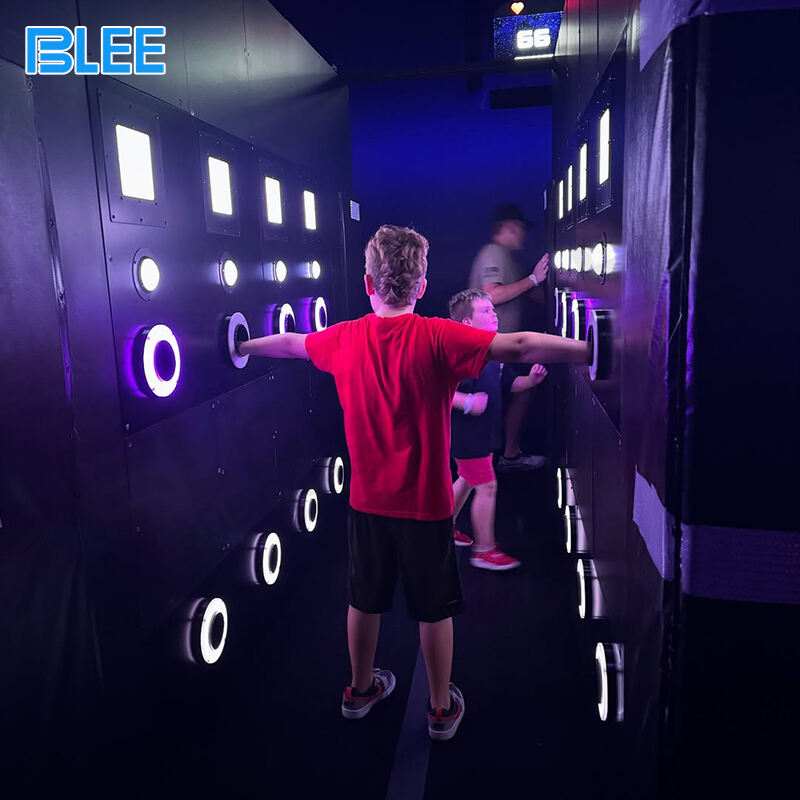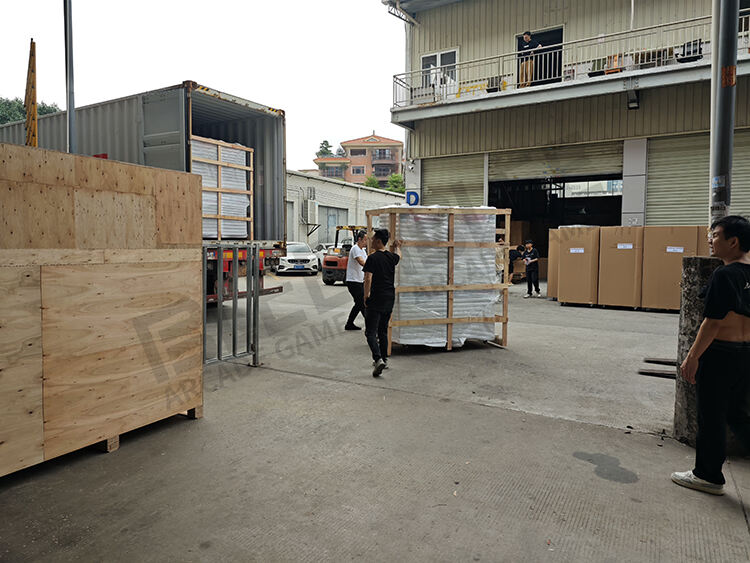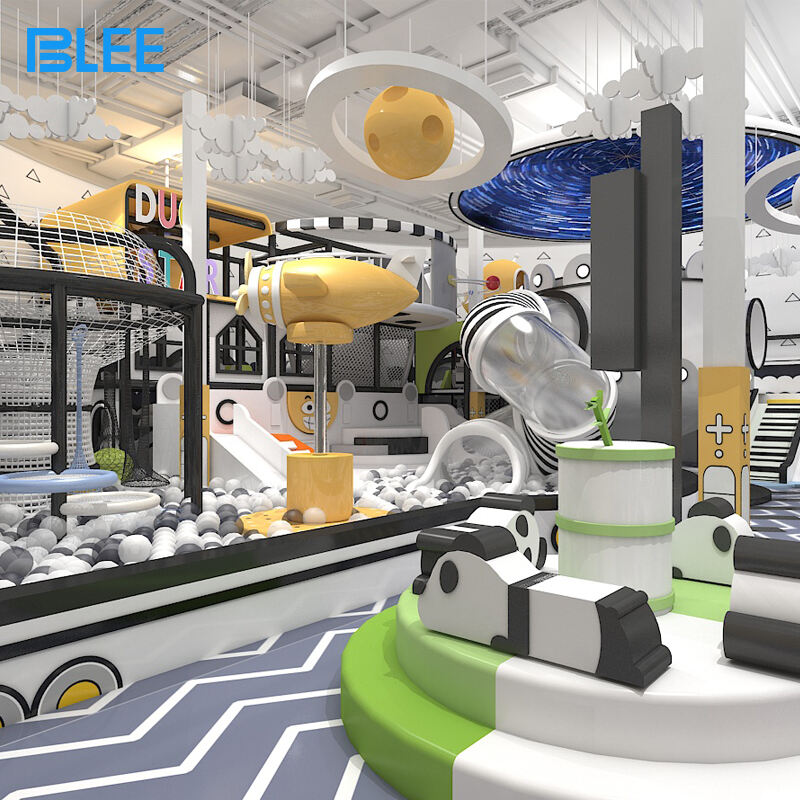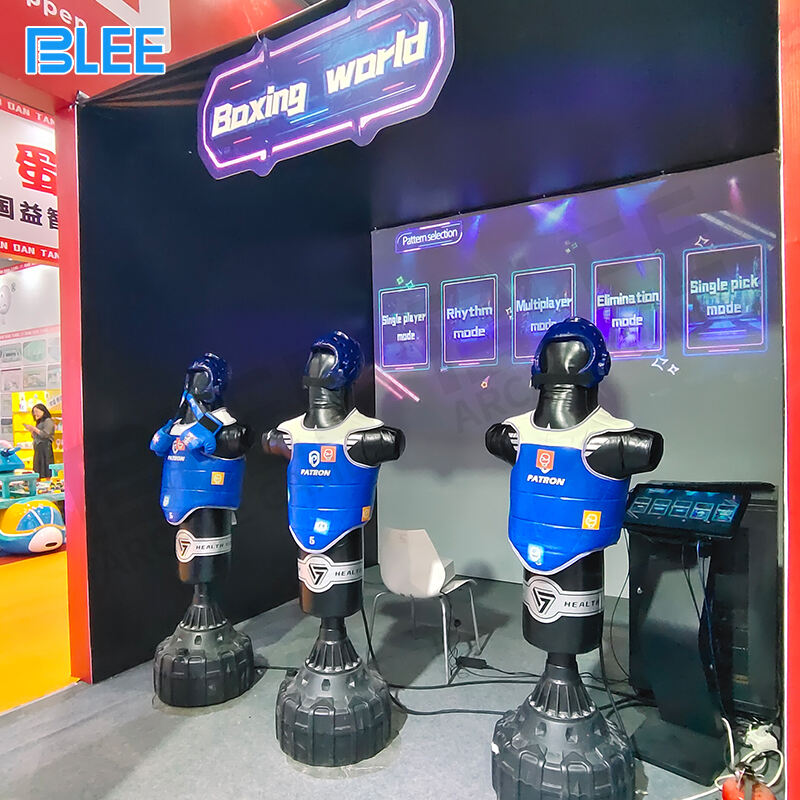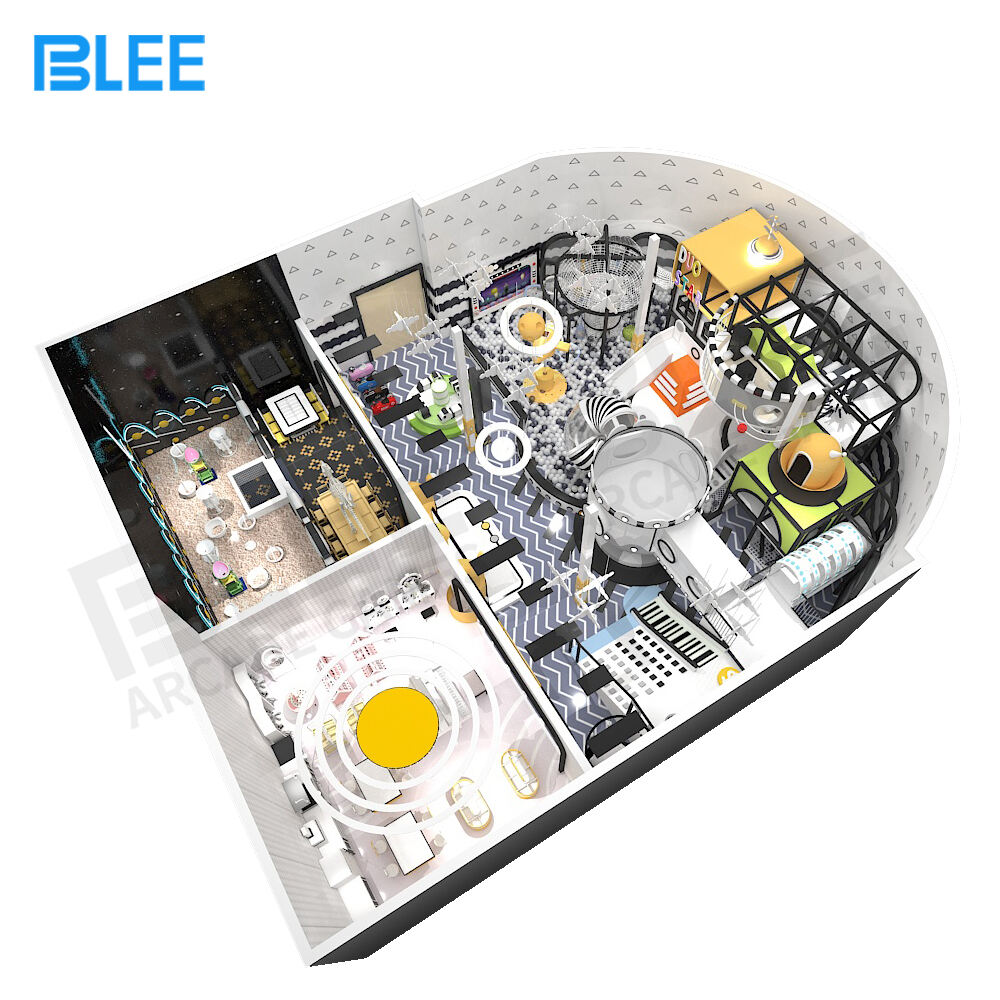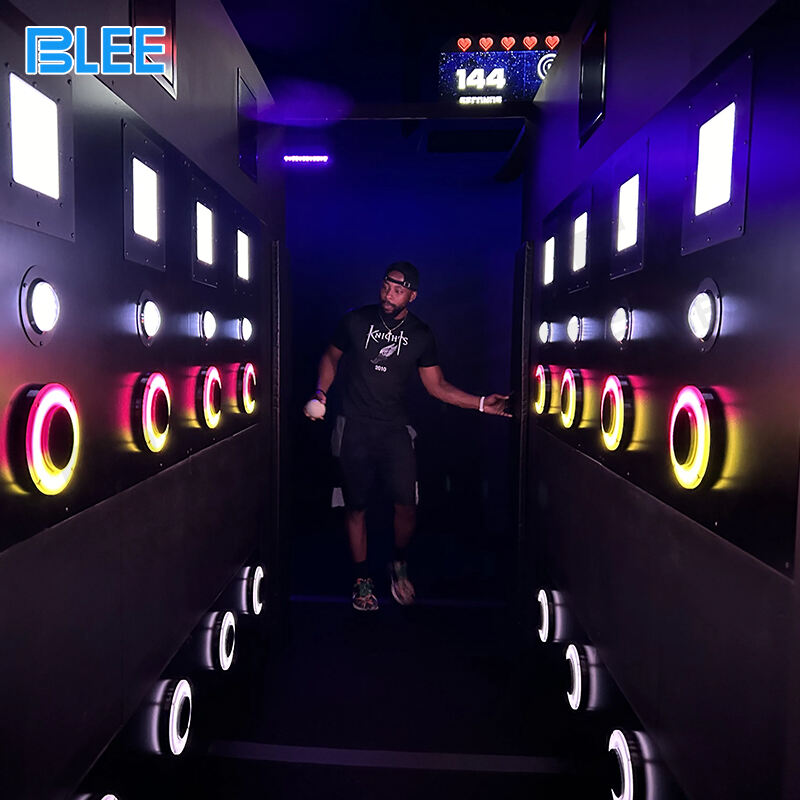Core Technologies Powering Sports Simulation Environments
Virtual Reality Systems for Real-Time Athlete Feedback
Virtual Reality (VR) systems are profoundly transforming athlete training by offering instantaneous feedback, which is pivotal for performance enhancement. Through VR, athletes can analyze performance metrics in real-time and refine their skills immediately, surpassing traditional coaching methods. Players find themselves fully immersed, leading to better retention of information and heightened engagement—factors that traditional methods often struggle with. Studies, such as those published in the Journal of Sports Sciences, indicate that athletes who train with VR exhibit improved performance metrics, including speed and agility, compared to those who rely solely on conventional techniques. This cutting-edge technology presents a promising avenue for future sports training.
Augmented Reality Overlays for Tactical Visualization
Augmented Reality (AR) is breaking new ground by overlaying tactical data onto real-world environments, allowing athletes to visualize strategies interactively during practice sessions. This technology is particularly effective in team sports where strategy visualization is essential for optimizing play decisions. Teams can access real-time statistics and expert insights through AR, equipping athletes with nuanced understanding and strategic foresight. However, despite the promising capabilities of AR, there are challenges in adoption, such as technological expenses and the need for significant hardware improvements. Maintaining a balanced view of AR’s potential allows us to appreciate both its transformative effects and the obstacles toward widespread utilization.
Mixed Reality Integration in Training Facilities
Mixed Reality (MR) combines physical and digital elements, offering immersive training environments that significantly benefit athletes. By synching real-world objects with digital simulations, MR creates realistic scenarios that improve learning and adaptability among players. Facilities using MR, such as the California State Athletic Complex, report impressive outcomes in training adherence and skill acquisition. Athlete testimonials highlight enhanced focus and agility post-MR training, illustrating its effectiveness. Mixed Reality is poised to redefine training methodologies by merging tactile engagement with digital precision, fostering unparalleled growth in learning experiences.
Designing Multi-Sensory Training Spaces
Incorporating Soft Play Equipment for Safe Drills
Incorporating soft play equipment into training drills is crucial for preventing injuries and enhancing the safety of athletes. These equipments are specifically designed to absorb impact and reduce the risk of accidents, making them ideal for both beginner and advanced training scenarios. Research has shown that injury rates are significantly lower in environments utilizing soft play equipment compared to traditional settings. This data underscores the value of safe drills, which not only protect athletes but also ensure sustainable training routines. Various types of soft play equipment, such as foam pits and padded obstacles, can be effectively utilized to simulate real-world scenarios while maintaining safety and minimizing risks.
Modular Designs for Indoor Trampoline Park Adaptability
Modular design concepts are revolutionizing the adaptability of indoor trampoline parks, catering to a wide array of training needs. Unlike fixed structures, modular setups allow easy reconfiguration to suit different sports and training programs, enhancing the versatility of the facilities. For instance, some trampoline parks have adopted modular designs that can transform between a free-play area and a structured training ground in minutes. This adaptability not only maximizes the utility of the space but also offers a cost-effective solution by reducing the need for multiple dedicated areas. When considering investment, the cost-benefit analysis reveals that modular designs offer significant long-term savings, outweighing the initial setup costs.
Acoustic Engineering for Immersive Audio Cues
Acoustic engineering plays a pivotal role in creating immersive audio environments that can significantly enhance an athlete's training experience. By utilizing sound cues, training environments are not only engaging but also help in improving focus and reaction times. Studies have demonstrated that auditory signals can boost performance metrics by serving as immediate feedback or motivation during drills. Challenges such as echo and sound distortion are common in such setups but can be effectively mitigated through precise engineering solutions like acoustic panels and sound-absorbing materials. By perfecting the acoustics, training facilities can create atmospheres that elevate both the physiological and psychological aspects of athletic training.
Case Studies: Successful Sports Simulation Implementations
STRIVR's VR Football Training Programs
STRIVR's VR training programs have revolutionized football training by providing immersive environments that enhance player performance. Through simulated scenarios, players are able to practice countless reps in a controlled setting, leading to improved decision-making and overall skill development. Feedback from coaches and athletes highlights the transformative impact of these programs on learning agility and retention of strategies. Case studies show significant ROI in terms of player performance improvements, with teams like the Dallas Cowboys reporting enhanced readiness and execution in actual games.
Sense Arena's Hockey Skill Development Modules
Sense Arena offers a cutting-edge suite of immersive hockey training simulations designed to sharpen key skills such as shooting accuracy and situational awareness. With over 75+ simulated drills, Sense Arena's platform allows players to refine their abilities off-ice, translating into better performance during real matches. Testimonials from users, including both coaches and athletes, underscore its effectiveness in fostering tangible skill improvements. According to studies, athletes using Sense Arena have shown marked progress in crucial performance metrics, further reinforcing the benefits of VR in hockey training.
University-Level Baseball Simulation Labs
Universities across the nation are adopting simulation labs to advance baseball training, leveraging technologies like VR and AR to enhance learning. These labs provide comprehensive programs that facilitate student-athlete development, offering tools for detailed analysis and skill improvement. With statistics showing a rise in enrollment and enhanced training outcomes, these labs have become instrumental in shaping future baseball professionals. Coaches have noted that simulation labs provide a vital platform for honing technical skills and mental acuity, preparing athletes for the demands of professional leagues.
Future Trends in Immersive Sports Environments
AI-Driven Adaptive Difficulty Systems
Artificial Intelligence is revolutionizing the realm of sports simulation with adaptive difficulty systems. These systems tailor challenges to meet the individual needs of athletes, providing a personalized training experience. According to studies, AI’s integration in training environments is predicted to enhance training efficiencies and athlete skill acquisition by offering tailored feedback and challenges. This trend points to significant advancements in how athletes can optimize their performance. However, potential issues such as over-reliance on AI and data privacy concerns are considerations that need addressing to maximize AI's benefits in sports training.
Hybrid Physical/Digital Playgrounds for Youth Sports
The fusion of physical and digital elements in playgrounds presents new opportunities for enhancing youth sports training. According to child development experts, engaging children in varied experiences is crucial for their physical and cognitive growth. Existing implementations of hybrid playgrounds have demonstrated increased youth participation and improved skill development. These playgrounds combine traditional equipment with digital interfaces, creating environments that are both interactive and educational. This trend underscores the growing importance of creating dynamic training environments that maintain interest and facilitate comprehensive development in youth sports.
Trampoline Park Manufacturers Integrating Motion Tracking
Trampoline park manufacturers are beginning to incorporate motion tracking technology to enhance user experience and training outcomes. With motion tracking, real-time analysis of technique and performance can be achieved, enabling users to receive instant feedback. Performance metrics show improved coordination and agility among users exposed to this technology. Leading manufacturers are pioneering this integration, backed by research supporting its impact on sports training. Motion tracking not only enriches the recreational experience but also holds potential as a valuable tool for athletic training, allowing for a precise review and adjustment of movements.
Optimizing Facilities for Next-Gen Athletes
Retrofitting Indoor Playgrounds with Simulation Tech
Retrofitting indoor playgrounds with cutting-edge simulation technology is revolutionizing the way we approach youth sports training. By integrating advancements like virtual reality simulations, existing playgrounds can offer highly immersive training experiences. This not only enhances engagement but significantly boosts the effectiveness of training exercises. Current industry trends indicate a sharp rise in the demand for these advanced environments; as supported by a report from SNS Insider, the immersive training market is projected to reach USD 128.0 billion by 2032. Successful retrofitting projects, such as those incorporating motion tracking and realistic environment simulations, have demonstrated substantial improvements in training efficacy.
Data Visualization Walls for Team Analysis
Data visualization walls have the potential to transform team analysis and strategy sessions, offering a dynamic platform for real-time data analysis. Professional sports teams, like those in the NFL, utilize these walls to dissect play-by-play footage, leading to more informed strategic decisions. Software solutions like Unity Technologies' Unity Engine further empower coaches by providing comprehensive, user-friendly platforms for data visualization. Real-time analysis not only enhances team performance but also allows for quick adjustments during games, greatly impacting overall performance enhancement.
Commercial Partnerships with VR Hardware Providers
Entering commercial partnerships with VR hardware providers offers substantial benefits for training facilities aiming to enhance their offerings. Collaboration with industry leaders like HTC Corporation or Sony Interactive Entertainment can lead to the integration of state-of-the-art VR technology, improving training precision and engagement. These partnerships often yield financial benefits, as seen in collaborations like the Strivr and Walmart partnership for VR safety training. Looking ahead, such partnerships are set to become increasingly pivotal, as the sports simulation industry continues to prioritize high-performance VR integration.

